Are you tired of off-the-shelf acoustic solutions that don’t quite hit the mark?
Crafting your own bass traps may be the game-changing project you’ve been looking for.
Creating your own bass traps offers an unprecedented level of customization and effectiveness, empowering you to tackle low-frequency issues like a pro.
In this guide, we’ll walk you through the process of making your own bass traps, focusing on two powerful options: fabric-wrapped acoustic panels and polyester acoustic panels.
Ready to elevate your sound? Let’s dive in.
What Are Bass Traps and Why Are They Essential for Sound Quality?

Bass traps are specialized acoustic energy absorbers. They are designed to dampen low-frequency sound energy, reducing the overall reverb in any listening environment.
The need for bass traps is often overlooked, but it’s a crucial aspect of acoustic treatment. Poorly managed bass frequencies can muddy the sound and lead to a less than ideal listening experience.
The primary purpose of bass traps is to improve the sound quality in various settings.
Whether it’s a recording studio, a home theater, or a general living space, bass traps can make a significant difference.
They help in capturing and minimizing low-frequency sounds that can otherwise become a nuisance.
This makes them a critical component in the overall acoustic treatment of spaces where sound quality matters.
What Role Do Bass Traps Play in Acoustic Treatment?

In the world of acoustic treatment, bass traps are essential for controlling low frequencies.
Low-frequency sounds have longer wavelengths and are therefore more challenging to manage than higher-frequency sounds.
Bass traps help in this regard by absorbing these long-wavelength sounds. This absorption leads to a reduction in reverb, making the listening environment more controlled and precise.
The role of bass traps becomes even more critical when we consider the complete acoustic treatment of a space.
Acoustic treatment often involves the use of other elements like diffusers and absorbers that tackle mid and high-frequency sounds.
While these are also essential, without bass traps, the low-frequency sounds will remain largely uncontrolled.
This imbalance can lead to an uneven listening experience, where the bass sounds overpower the mids and highs.
Therefore, bass traps serve as the missing link that completes an effective acoustic treatment setup.
Which Materials Are Most Effective for Making Bass Traps?

The choice of materials for making bass traps can greatly influence their effectiveness. Traditional materials like fiberglass and mineral wool are often the go-to options.
These materials are known for their excellent sound-absorbing properties, especially for low-frequency sounds.
They are dense and have fibrous structures, which makes them ideal for trapping sound waves.
However, the acoustic treatment landscape is evolving, and polyester acoustic panels are becoming increasingly popular.
These panels offer an alternative that is easier to handle and safer to use than fiberglass or mineral wool.
Polyester acoustic panels are also effective sound absorbers and can be made even more effective by layering them.
By adhering multiple layers together, one can achieve the density and thickness required for effective bass trapping.
Why Are Fabric-Wrapped Acoustic Panels a Popular Choice for Bass Traps?

Fabric-wrapped acoustic panels have long been a staple in acoustic treatment. Their popularity stems from a combination of effectiveness and aesthetic flexibility.
By wrapping acoustic material in fabric, you not only gain the sound-absorbing qualities of the core material but also have the freedom to choose a fabric that matches the decor of your room.
Another advantage of fabric-wrapped acoustic panels lies in their versatility. These panels are effective at absorbing a wide range of frequencies, not just the bass.
They can be custom-made to fit specific dimensions and can even be installed on walls or ceilings.
This makes them a popular choice for those looking to improve the overall acoustic quality of a space, not just the low frequencies.
What Do You Need to Make a Fabric-Wrapped Bass Trap?

Creating a fabric-wrapped bass trap requires a few key components. The first is the acoustic material that will serve as the core of the trap.
This is typically a thicker version of traditional materials like fiberglass or mineral wool. The thickness is crucial for effectively trapping low-frequency sounds.
The second component is the fabric. It’s important to choose a fabric that is acoustically transparent, allowing sound to pass through it and be absorbed by the core material.
The fabric also serves an aesthetic purpose, so consider the color and texture when making your choice.
The third key component is the frame. A wooden frame is commonly used to house the acoustic material.
Additional items include adhesives to hold the material to the frame and the fabric to the material, as well as mounting hardware to attach the trap to a wall or ceiling.
How Can You Assemble a Fabric-Wrapped Bass Trap?
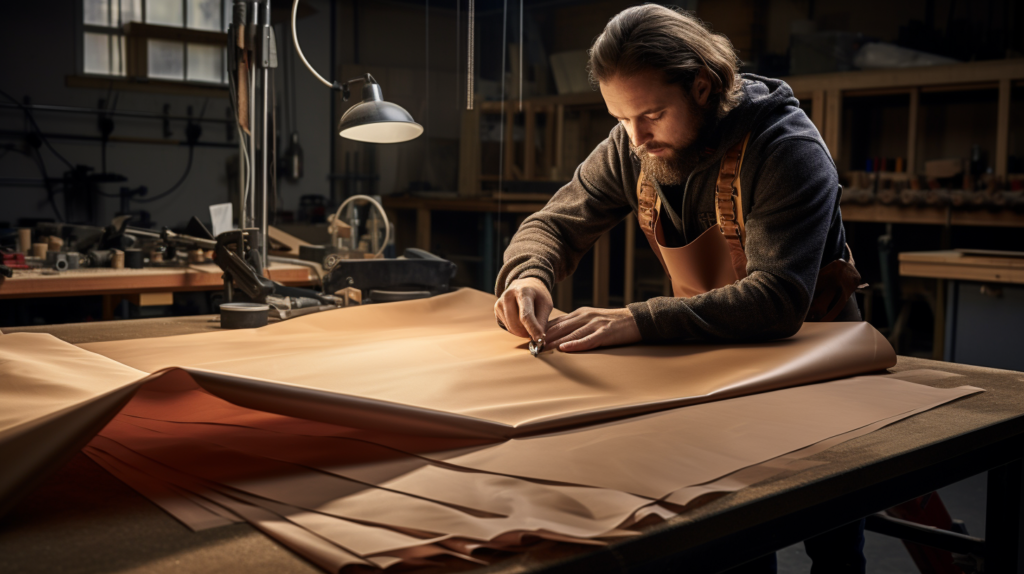
The assembly process begins with cutting your core material to size. It should fit neatly within your wooden frame.
Once cut, the material is placed into the frame, which can then be sealed using adhesive or nails.
Next comes the fabric wrapping. Lay out your fabric and place the frame and material on top. The fabric should be pulled tight over the material and secured to the frame using adhesive or staples.
It’s essential to ensure that the fabric is stretched evenly to avoid any wrinkles or loose areas.
What Makes Polyester Acoustic Panels a Viable Option for Bass Traps?
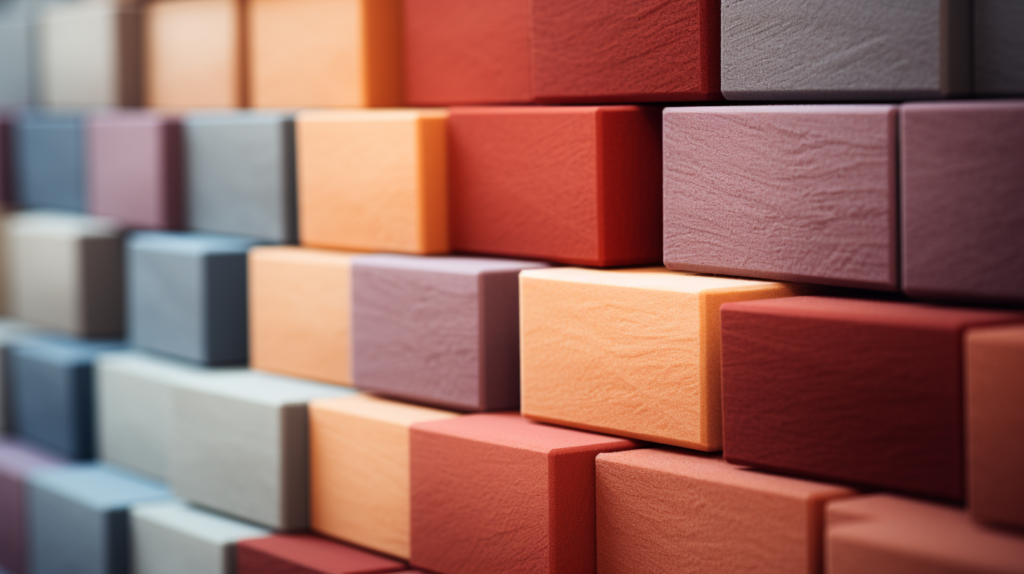
Polyester acoustic panels have been gaining traction in the world of acoustic treatment. One of the main reasons for this is the user-friendly nature of the material.
Unlike more traditional materials like fiberglass, polyester doesn’t require special handling or safety precautions.
This makes it a convenient choice for DIY enthusiasts who may not have specialized equipment or training.
Another reason why polyester acoustic panels are becoming a popular choice is their effectiveness.
While perhaps not as dense as materials like fiberglass, polyester still has excellent sound-absorbing qualities.
This effectiveness can be further enhanced by layering multiple panels together, making it a versatile option for bass trapping.
What Do You Need to Make a Bass Trap with Polyester Acoustic Panels?

Creating a bass trap from polyester acoustic panels requires fewer materials than you might think. The core component, of course, is the polyester acoustic panels themselves.
For effective bass trapping, it’s recommended to use panels that are at least 9mm thick.
The second key component is adhesive. You’ll need a strong, non-toxic adhesive to layer multiple panels together.
Since polyester is a different material than traditional fiberglass or mineral wool, ensure that the adhesive you choose is compatible with polyester.
How Can You Stack and Adhere Polyester Acoustic Panels for a More Effective Bass Trap?
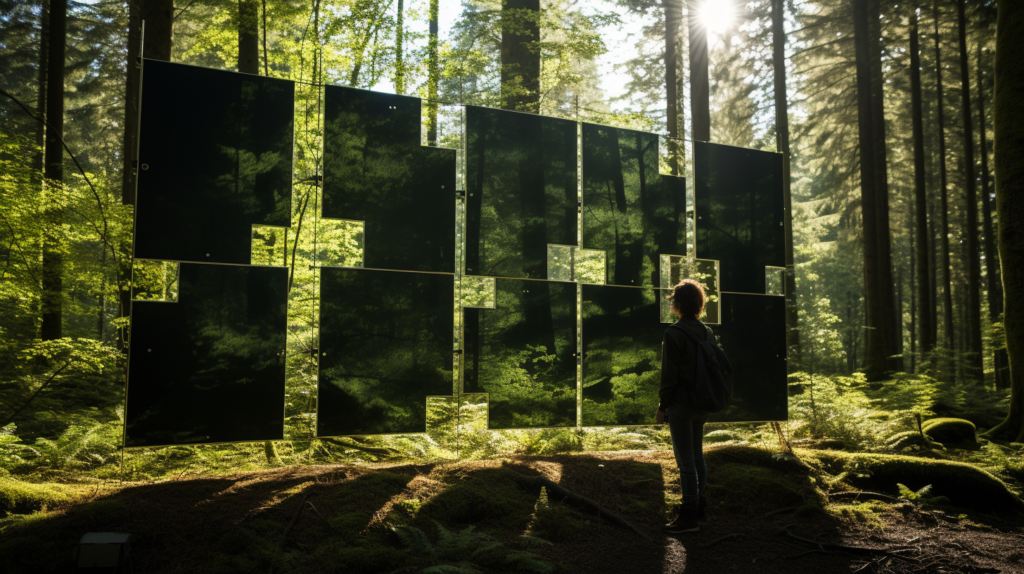
The effectiveness of a polyester acoustic panel in bass trapping can be significantly increased by stacking multiple panels together.
Start by laying out the first layer of panels on a flat surface. Apply a layer of adhesive evenly over the surface, and then place the next layer on top.
Continue this process until you’ve stacked enough layers to achieve the desired thickness. A stack of 10 panels, each 9mm thick, is often sufficient for effective bass trapping.
Once all layers are stacked, apply pressure to ensure they adhere well, and then allow sufficient time for the adhesive to set.
How Can You Assemble a Bass Trap Using Polyester Acoustic Panels?
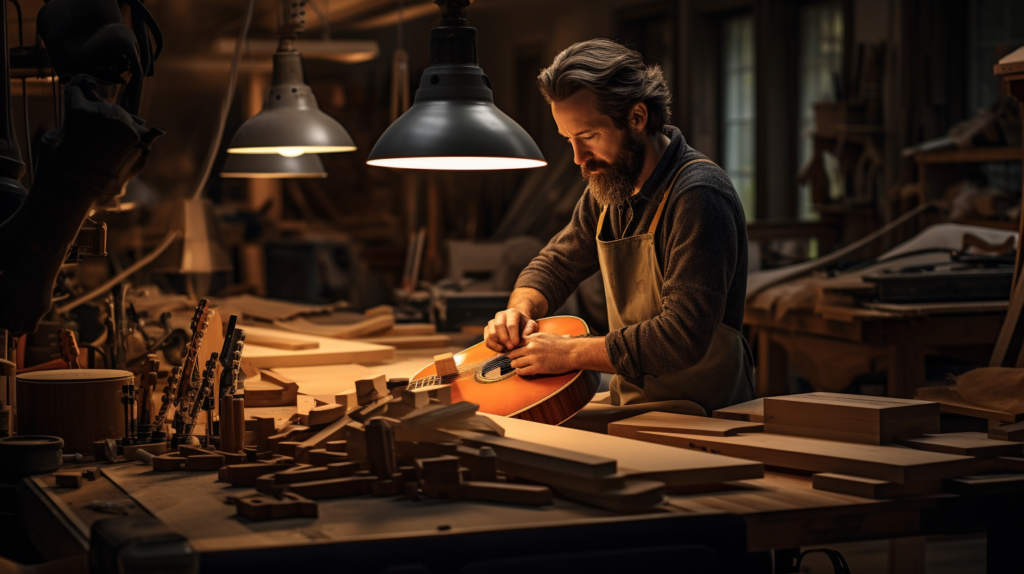
Once your multi-layered polyester panel is ready and the adhesive has set, the next step is assembly.
This may involve encasing the stacked panels in a wooden frame for added stability and aesthetic appeal. However, this step is optional and depends on your specific needs and design preferences.
If you opt for a frame, measure and cut the wood to match the dimensions of your stacked panels. Assemble the frame around the panels, securing it with nails or screws.
Once the frame is in place, your bass trap is ready to be installed.
What Safety Measures Should You Take When Creating a Bass Trap?

Safety should never be an afterthought when embarking on a DIY project like creating a bass trap. Proper safety gear is essential.
This might include gloves to protect your hands, especially when handling materials like fiberglass that can irritate the skin.
Another important safety consideration is ventilation. Make sure to work in a well-ventilated area, especially when using adhesives or any other substances that might release fumes.
Proper ventilation ensures that any potentially harmful fumes are dispersed, reducing the risk of inhalation.
Where Is the Best Place to Install Your DIY Bass Trap?
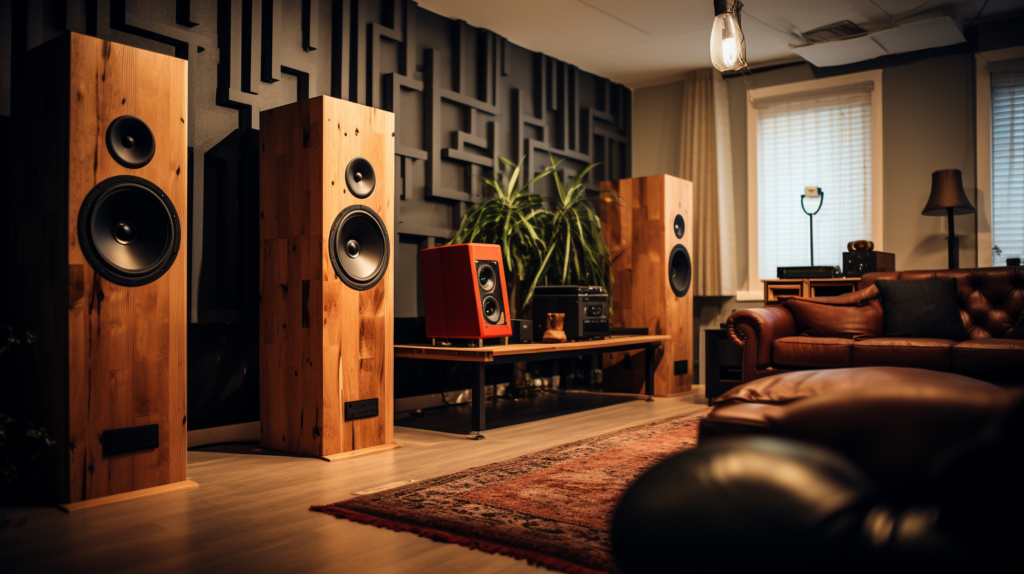
Determining the best place to install your DIY bass trap can be as crucial as the design and materials you’ve chosen.
Bass frequencies tend to accumulate in corners, making these often the best locations for your bass traps.
Placing your traps in the corners of your room can have a significant impact on reducing unwanted bass frequencies.
Another common placement strategy is along the walls of the room at varying heights. This can also be effective and may help in distributing the sound absorption more evenly across different frequencies.
Ultimately, the optimal placement may require some experimentation and adjustments based on your specific acoustical needs.
How Can You Test the Effectiveness of Your DIY Bass Trap?

Once your bass trap is installed, the next step is to test its effectiveness. This can be done through a before-and-after comparison using specialized acoustic measurement software.
Such software can provide a detailed analysis of the room’s acoustics, showing you exactly how effective your bass trap has been in reducing low-frequency reverberations.
Alternatively, a simple but effective method is to play audio tracks that emphasize different frequencies and use your ears to assess the sound quality.
Listen for a balanced sound where the bass doesn’t overpower the other frequencies. This can be a good indicator of the effectiveness of your bass trap.
Is a DIY Bass Trap More Cost-Effective Than Commercial Options?
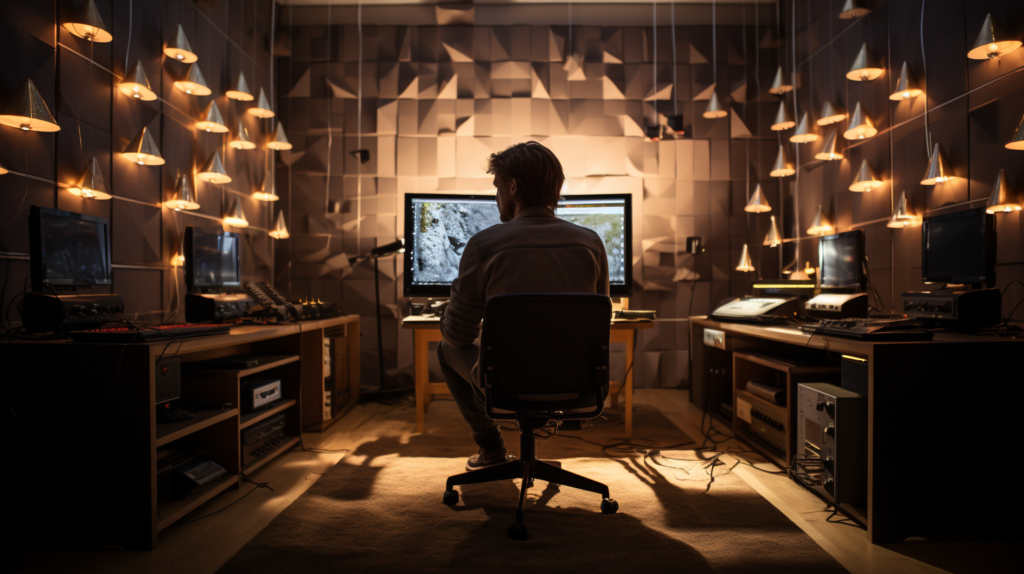
A DIY approach to creating a bass trap can often be more cost-effective than purchasing a commercial product.
The materials required for a DIY bass trap, such as polyester acoustic panels or fiberglass, are generally less expensive when bought in raw form.
Moreover, the DIY approach allows you to customize the size and design, potentially saving you money on features or sizes you don’t need.
However, a DIY project is not without costs. The time you spend researching, purchasing materials, and actually building the bass trap is a form of investment.
Be sure to consider both the monetary and time investments when deciding whether a DIY approach is the most cost-effective option for you.
Conclusion
Bass traps are a critical component in enhancing the sound quality of any space, from recording studios to home theaters.
This guide has provided you with two effective methods for creating your own bass traps: fabric-wrapped acoustic panels and polyester acoustic panels.
Both options offer cost-effective and efficient solutions for managing low frequencies. With considerations for safety and installation also covered, you’re well-equipped to take on this DIY project.
Investing time and effort in building your own bass traps is a step toward a superior auditory experience.
